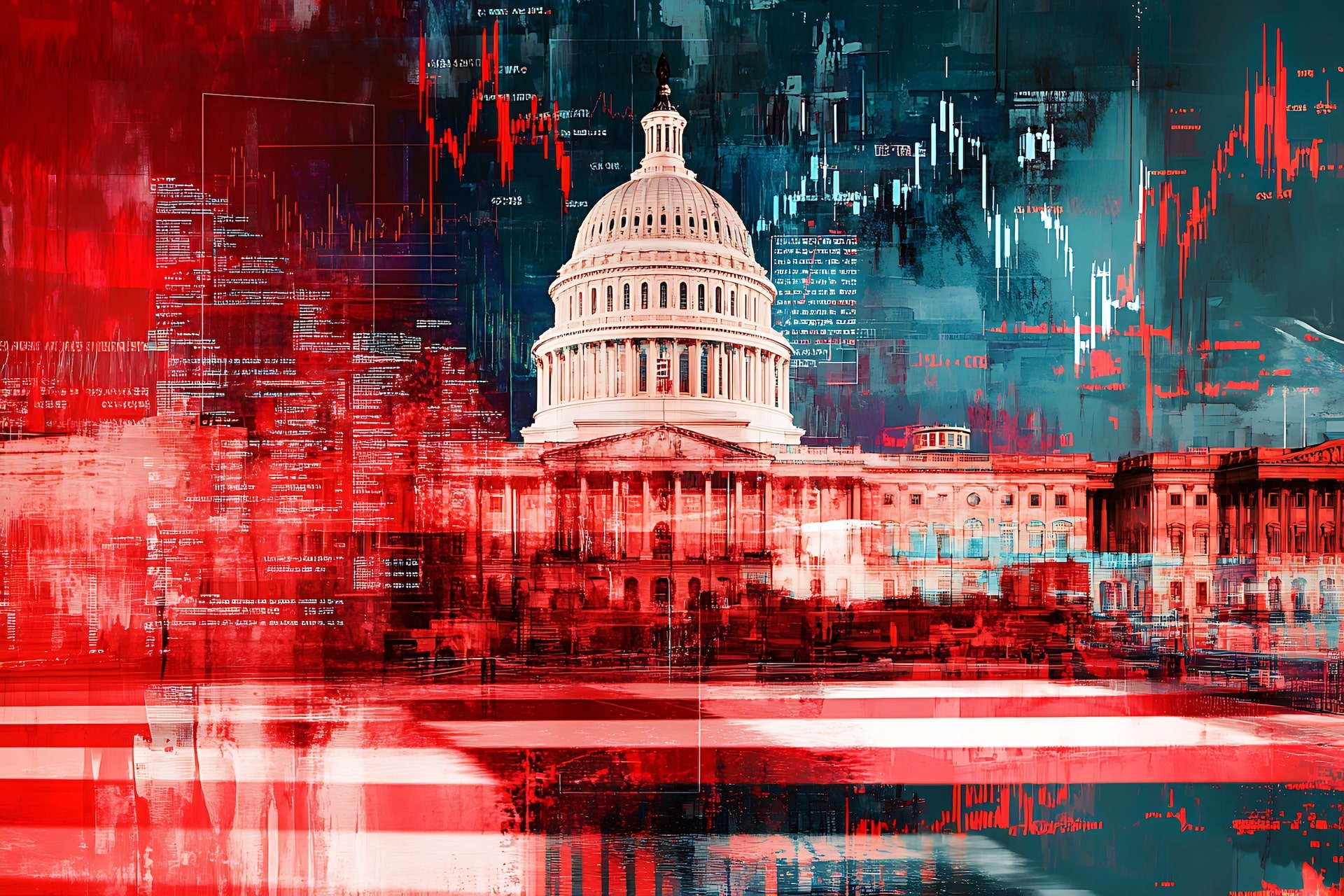Credit Sesame discusses the Fed’s economic outlook for 2023.
Apparently, the Fed doesn’t do holiday greetings. The Federal Open Market Committee’s December meeting announcements put a Grinchy damper on a festive season.
The Fed’s 50 basis point rate hike announced on December 14 was its smallest since May. That could signify that the Fed recognizes that inflation has eased recently, allowing for less aggressive interest rate raises.
However, the Fed’s economic outlook for 2023 resulted in the stock market heading south in a hurry. Things got worse the day after when the Dow Jones Industrials Average lost over 700 points (a one-day decline of more than 2%.)
The Fed’s economic outlook for 2023
What did the Fed do to make investors so grumpy? In an update of its economic projections for 2023, the Fed painted a picture of a year worse than previously expected.
Specifically, these four economic markers took a turn for the worse in the Fed’s latest set of economic projections:
- Higher 2023 inflation rate than previously thought.
- Fed funds rate projection for the end of 2023 is 5.1% (up from 4.6%.)
- Real (inflation-adjusted) GDP growth for 2023 of 0.5% (down from 1.2%.)
- 4.6% unemployment by the end of 2023, a bigger rise than previously expected.
These predictions for the future had a chilling effect on Wall Street. But just as the grim visions of the Ghost of Christmas Future in A Christmas Carol did not seal Ebenezer Scrooge’s fate, the Fed’s announcement may not be the harbinger of disaster they appear to be. There is a silver lining in each of the Fed’s four projections that soured the mood of investors on December 14.
1. Inflation is heading in the right direction
Inflation is a good place to start because to a large extent it is the root of all the other problems. Inflation is the reason the Fed is raising interest rates. In turn, those higher rates risk slowing the economy and causing unemployment to rise.
While the Fed raised it’s inflation projection for 2023, it still expects next year’s inflation to be 2.5% lower than this year’s. That’s significant progress.
That progress is more than wishful thinking. Inflation has already started to slow significantly. It was widely reported that the year-over-year inflation rate dropped to 7.1% in November. It had been 7.8% at the end of October, after peaking at 9.0% through June.
Not only is inflation moving in the right direction, but lately the slowdown has been more decisive than those year-over-year figures reveal.
Most of the inflation over the past 12 months happened in late 2021 and the first half of 2022. Over the past 5 months, the Consumer Price Index has risen by just 1%. For a full year, that pace of increase would amount to just under 2.5%.
Inflation numbers vary from month to month, so the problem isn’t solved yet. However, it’s fair to say that inflation looks much tamer than it did at mid-year.
2. The Fed’s rate outlook is for a return to normal
Investors like low-interest rates because they make the future earnings on stocks and bonds seem more valuable now. That’s a key reason that 2022 has been a rough year for stocks and bonds.
This is why the markets weren’t thrilled to see that Fed had upped its rate forecast for next year to 5.1%. However, once you look past the original knee-jerk reaction, 5.1% isn’t that bad.
To put this into context, it’s important to understand that the Fed has kept interest rates unusually low ever since the 2008 financial crisis. As this year has made clear, low interest rates can create problems of their own. These include the potential for high inflation and artificially high securities prices.
In that sense, it takes some risk out of the economy and market for interest rates to return to a more normal level. And that’s exactly what 5.1% would be. Over the past 50 years, the Fed funds rate has averaged 4.9%.
The Fed’s rate forecast for 2023 can be considered just 0.2% above normal. Given that inflation is still well above its 50-year average that interest rates seems reasonable.
In any case, the Fed’s forecast details a much milder rate jump than 2022 experienced. This year has seen the Fed funds rate jump by 4.25%. If the Fed’s forecast is correct, rates will rise by about 0.75% over 2023, a much milder rate of increase.
3. Slow growth is better than no growth
The Fed projects inflation-adjusted GDP growth of 0.5% for 2023. That’s a very slow pace of growth but would mean that the Fed succeeded in walking an economic tightrope.
The Fed raised rates to cool down inflation. This involves slowing economic demand. The question has been whether the Fed could slow demand just enough to ease inflation without tipping the economy into a recession.
The Fed’s projections show lower inflation next year with a small amount of economic growth. That would mean the Fed has succeeded in calming inflation without the economy going into recession – or at least not a sustained one. That would be a win-win.
4. The job market has a healthy cushion
The Fed expects the unemployment rate to rise from 3.7% to 4.6% next year. Even if that were to happen, it’s unlikely most people would experience a long period of joblessness.
The reason is that the job market has quite a healthy cushion of unfilled jobs. Based on the size of the labor force, an increase in the unemployment rate from 3.7% to 4.6% entails a loss of nearly 1.5 million jobs. However, according to the Bureau of Labor Statistics, there are over 10 million unfilled job openings. That allows for many job losses before a sustained impact on the labor force.
What does this mean for the economic outlook for 2023?
These four silver linings do not mean that 2023 will be easy, but it’s fair to say the economy is in a better position than it was at the start of 2022. Inflation has spiked and is now subsiding. Stock market valuations are more reasonable. Interest rates are no longer artificially low.
In other words, the worst economic problems from the start of 2022 may have been overcome. With the problems solved, the economic outlook for 2023 may indicate progress.
If you enjoyed Silver Linings in the Fed’s Gloomy Economic Outlook for 2023 you may also be interested in:
- US Economy News: Good Things Come in Threes
- You Can Counter Economic Threats by Working on Your Credit Score
Disclaimer: This guide to buying a house and getting a mortgage is for informational purposes only and is not intended as a substitute for professional advice.




















